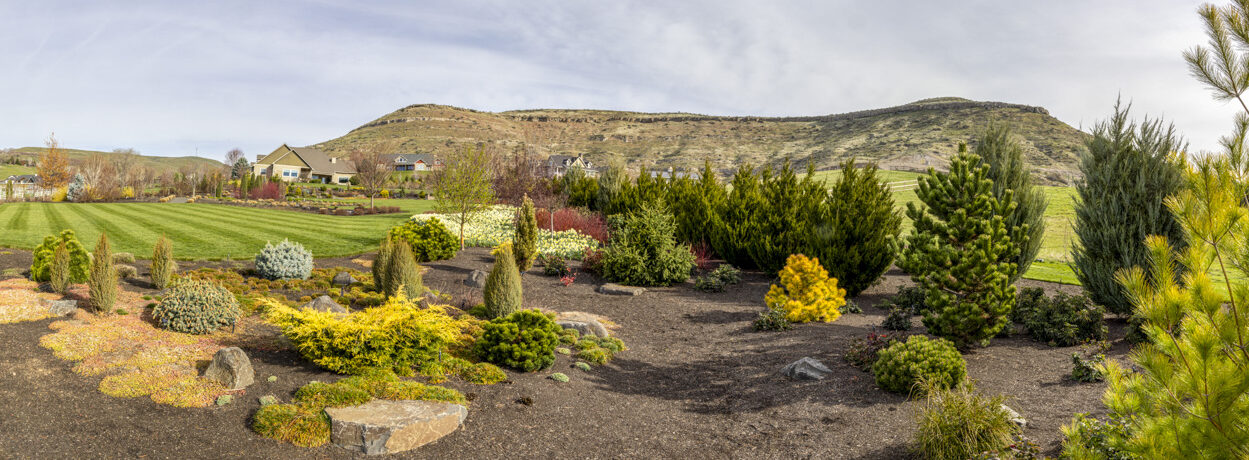
“The Race Track”
Death Valley National Park, Nevada
What the ????? How did the rock get here? Who or what pushed it? Or was it pulled? Scientists have been studying this since the early 1900’s. Theories have changed over time. In fact, the prominent theory at the time I took this image seven years ago has changed.
The current theory is developed from using time-lapse photography, weather stations, and GPS devices. During the winter of 2013, the elements came together and scientists were able to record the phenomenon of the sliding rocks. During a rain fall followed by an extreme cold night, a thin layer of ice formed. The ice lifted the rocks from the playa surface. The next morning, the ice started to melt creating a thin layer of water between the ice and the playa. The ice sheet started to break up leaving sections of the sheet floating on the water. Winds came up blowing the smaller ice sheets with the embedded rocks across the playa.
















